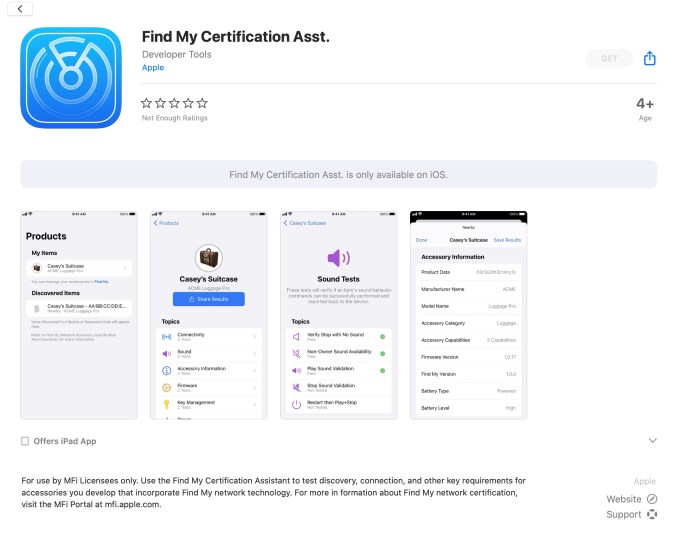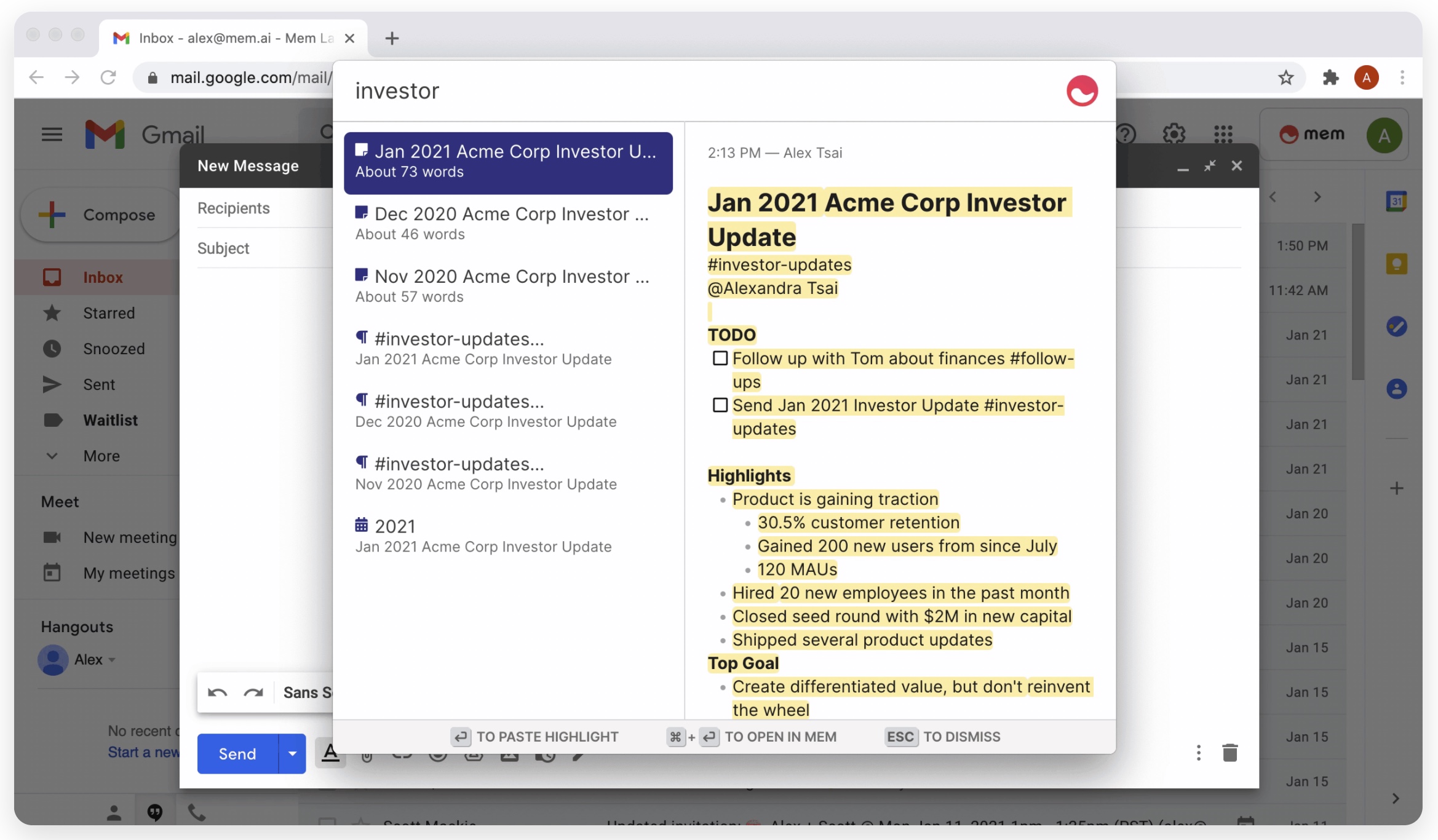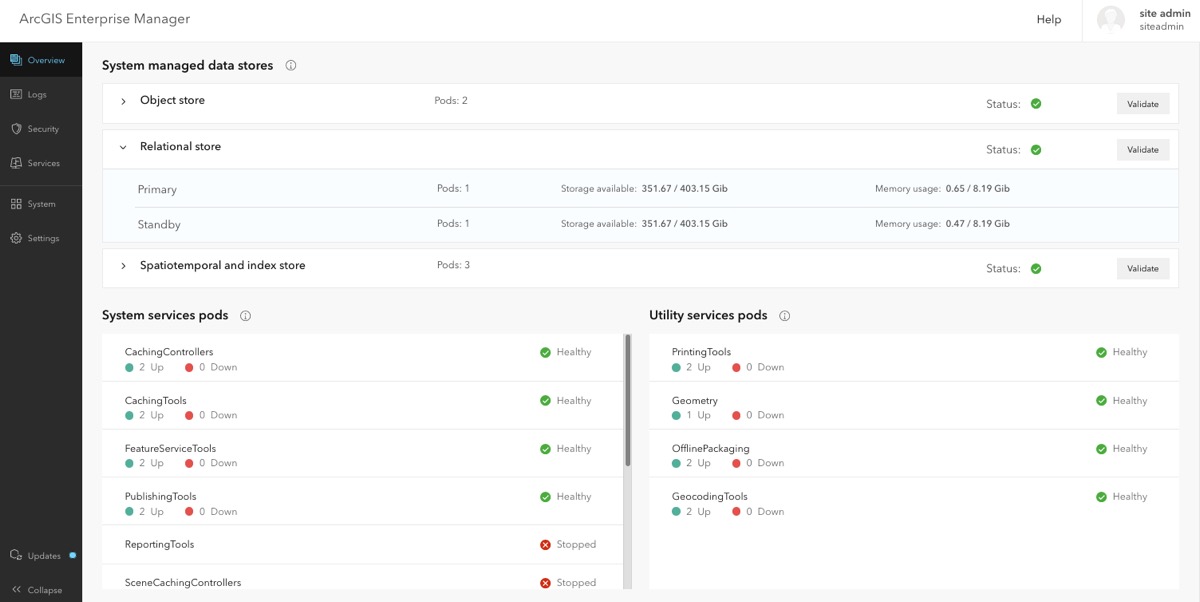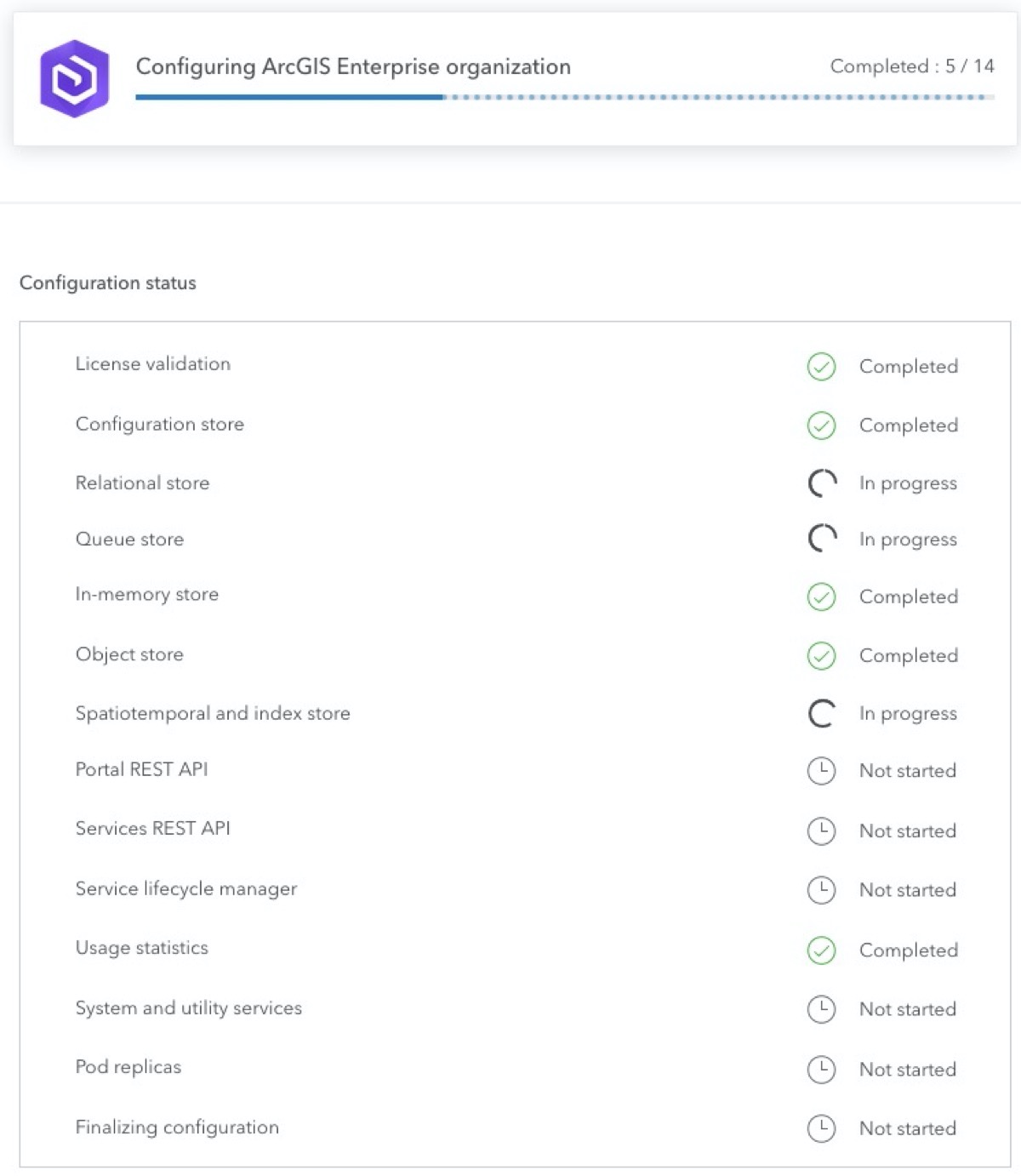In the first quarter of 2021, American consumer cryptocurrency trading giant Coinbase grew sharply, generating strong profits at the same time.
For Coinbase, the disclosure of its preliminary Q1 2021 results comes a week ahead of its direct listing, an event that will see the company begin to trade publicly. As it is both cash-rich and well-known, Coinbase is foregoing a traditional IPO in favor of the more exotic method of going public.
In its release, Coinbase disclosed the following metrics, which TechCrunch has compared to metrics from its S-1 filing:
- Monthly transacting users (MTUs) of 6.1 million, up from 2.8 million at the end of 2020
- Platform assets of $223 billion, up from $90.3 billion at the end of 2020
- Trading volume of $335 billion, up from $193.1 billion at the end of 2020
- Revenue of $1.8 billion, up from $585.1 million in Q4 2020
- Net income of “approximately $730 million to $800 million,” up from $178.8 million in Q4 2020
- Adjusted EBITDA of “approximately $1.1 billion,” up from $287.7 million in Q4 2020
The growth of Coinbase from Q4 2020 to Q1 2021 is so extreme that the company’s year-over-year comparisons are farcical. For example, in Q1 2020 Coinbase’s revenues were $190.6 million, or just under 11% of its Q1 2021 top line. The company’s adjusted profits alone in Q1 2021 were more than five times its year-ago revenues.
The new numbers may help solidify some valuation marks that the company has been discussed as approaching, like the $100 billion threshold, or even boost them.
The company did present some warnings in its public release, noting that cryptocurrency price “cycles can be highly volatile, and as a result, [Coinbase] measure[s] [its] performance over price cycles in lieu of quarterly results.” The company also stated that future declines in crypto trading activity will not slow its investment:
MTUs, Trading Volume, and therefore transaction revenue currently fluctuate, potentially materially, with Bitcoin price and crypto asset volatility. This revenue unpredictability, in turn, impacts our profitability on a quarter-to-quarter basis. In terms of expenses, we intend to prioritize investment, including in periods where we may see a decrease in Bitcoin price. This is because we believe that scale is central to achieving our mission and it is still early in the development of this industry. [Emphasis: TechCrunch]
Or more simply, it is willing to sacrifice future profitability if its revenues decline, as it is building for the future instead of hewing to more near-term investor expectations. At least Coinbase is being clear in its messaging to investors; don’t buy Coinbase stock expecting the company to tune its results to quarterly expectations.
Looking ahead, Coinbase did provide some guidance for its full year results. For 2021, the company provided three scenarios. The first “assumes an increase in crypto market capitalization and moderate-to-high crypto asset price volatility,” leading to 7.0 million MTUs. The second “assumes flat crypto market capitalization and low-to-moderate crypto asset price volatility” and 5.5 million MTUs. The third “assumes a significant decrease in crypto market capitalization, similar to the decrease observed in 2018, and low levels of crypto asset price volatility thereafter” and 4.0 million MTUs for the year.
But don’t think that Coinbase is anticipation stagnant growth, simply because its best scenario anticipates mere growth from 6.1 million MTUs to 7.0 million MTUs. The company wrote in its release under the headline “institutional revenue” that it expects “meaningful growth in 2021 driven by transaction and custody revenue given the increased institutional interest in the crypto asset class.”
Coinbase’s quarter was bonkers good. But so was the performance of cryptocurrencies themselves. A bet on the company’s shares, then, could easily be seen as a bet on the value of bitcoin and its ilk. April 14th is going to be a fun day to watch.





